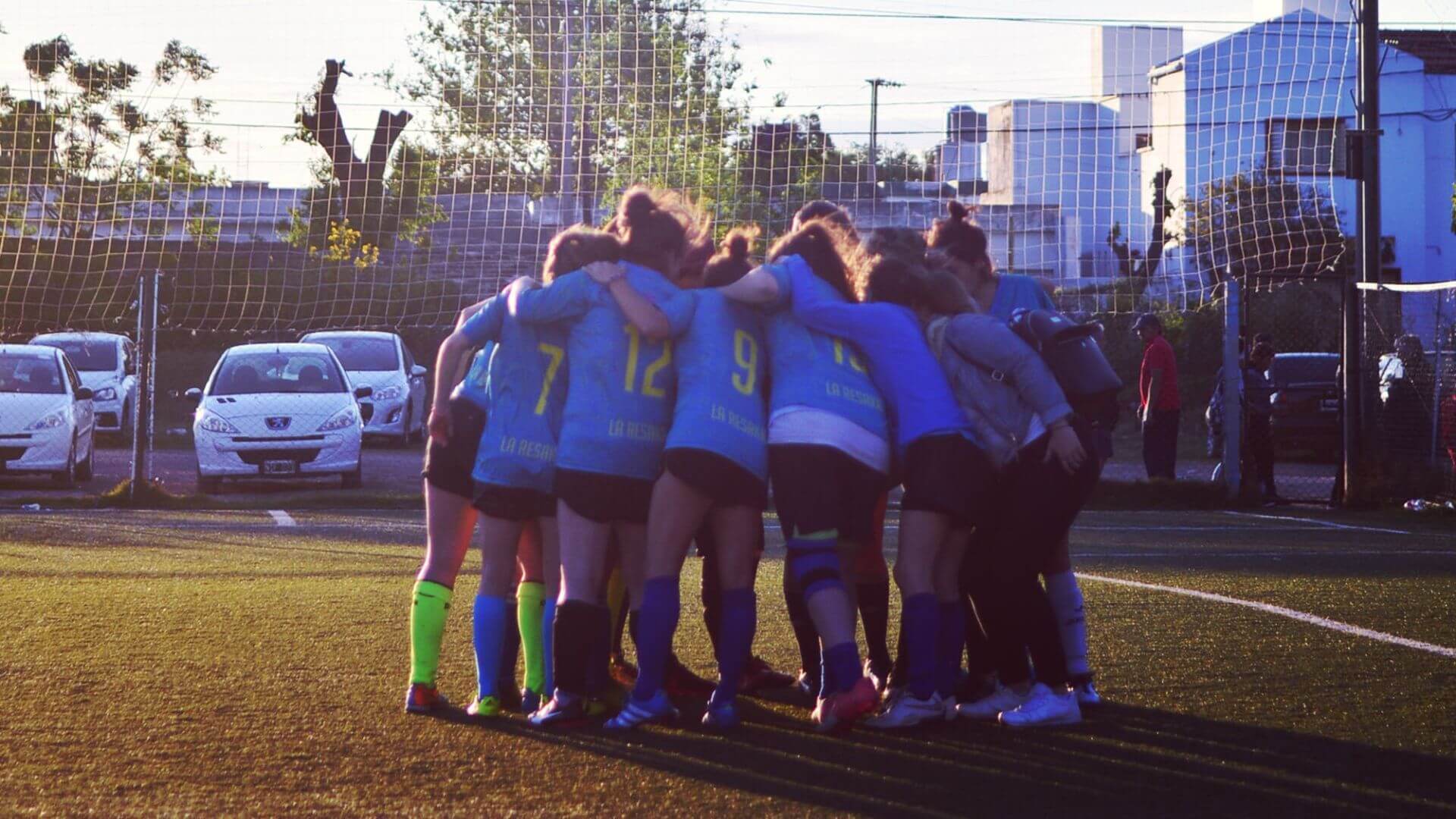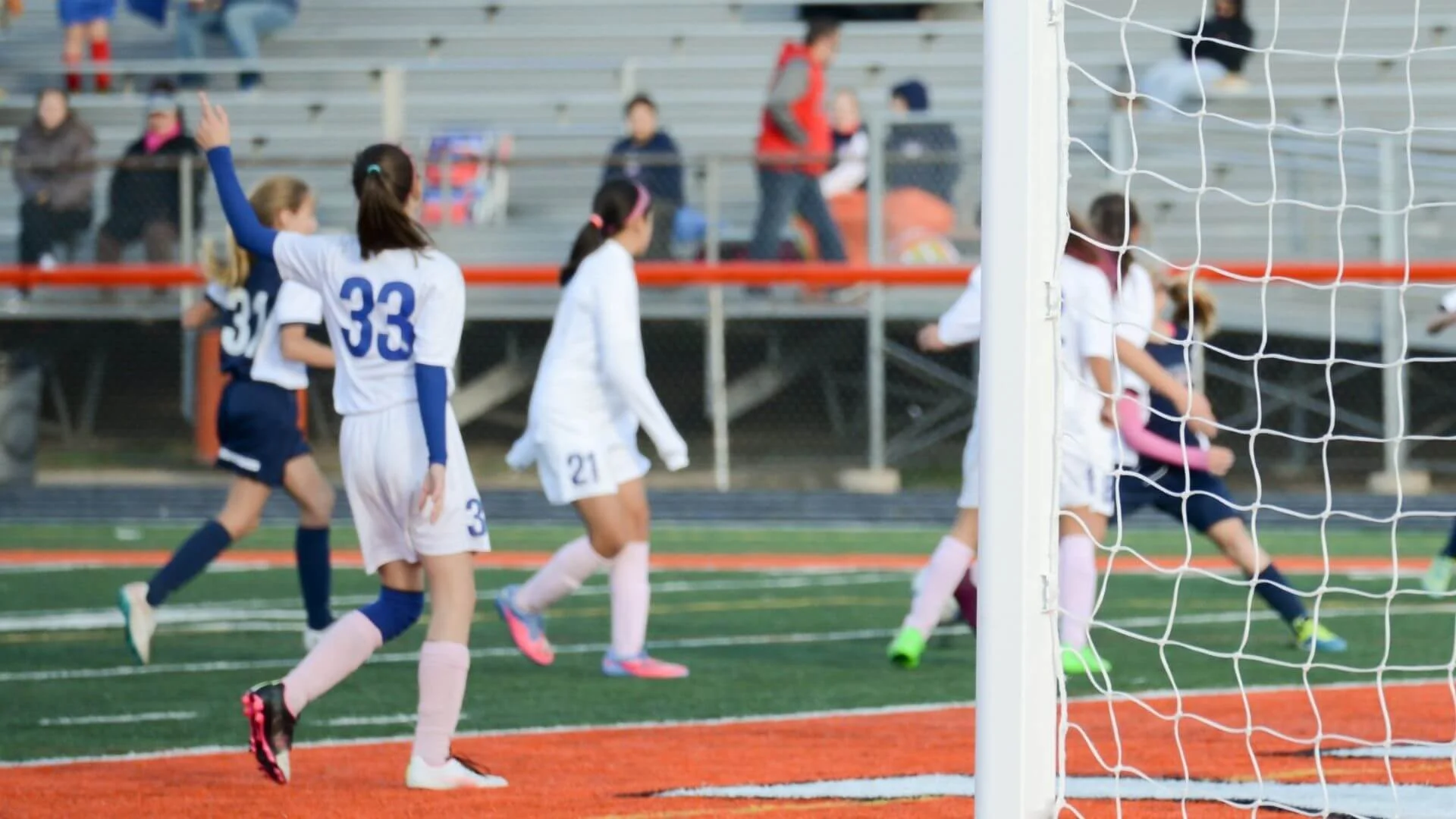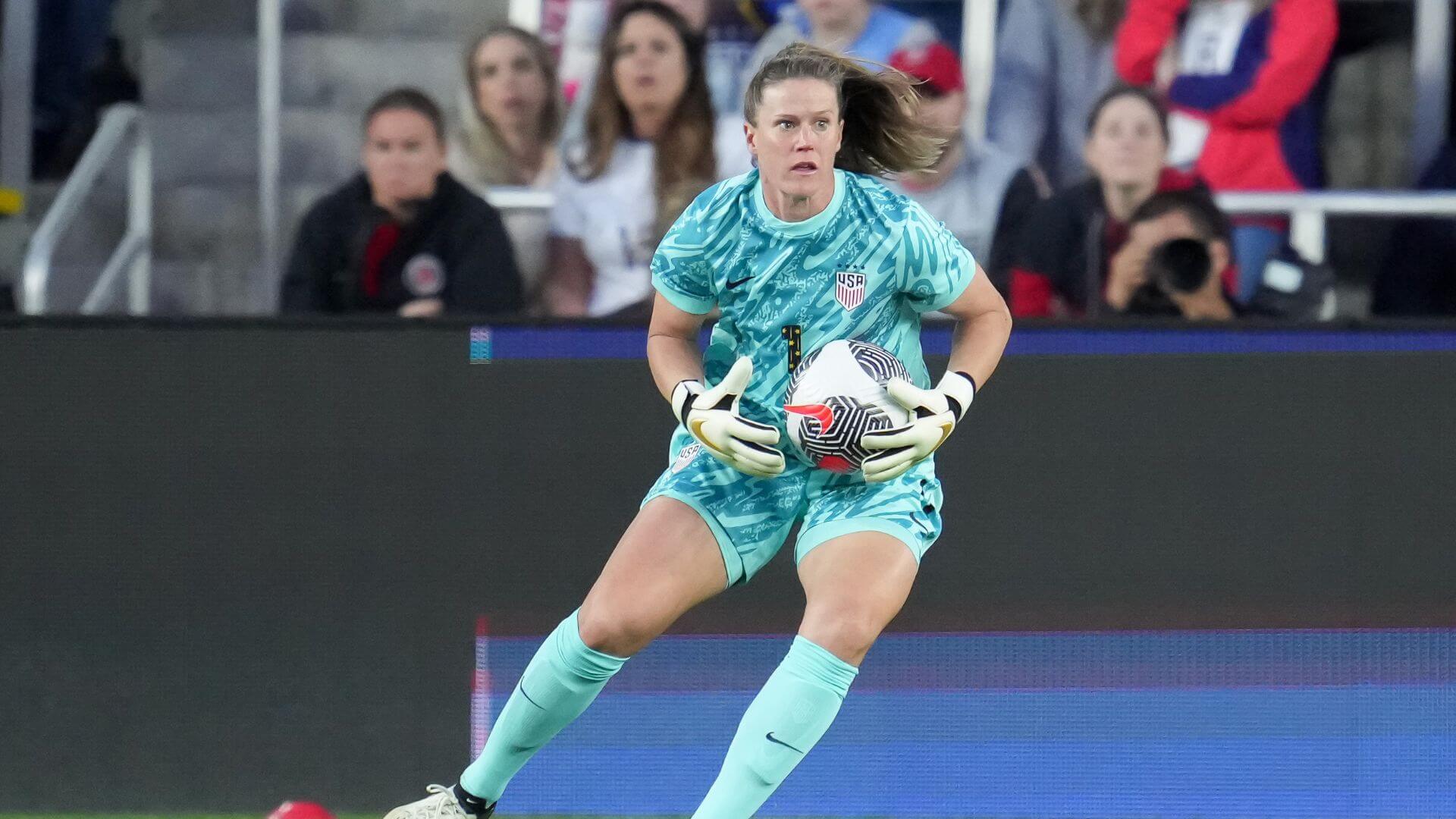What is Girls Youth Soccer Like in Europe?
Youth soccer looks different all around the world. Stateside we have community programs like AYSO, and a lot of Socceristas will find a club team or play for their school after that. But things work a little differently in Europe than they do in the US or Canada. Let’s take a look at what goes into youth soccer in Europe.
The Culture
Soccer exists everywhere in Europe, in the backyard, in the streets, everywhere. For the most part, no matter where you are in Europe, there is a large soccer presence. Or at least soccer is the most popular sport in the region.
Kids in Europe are consuming soccer from a very young age, and while that’s the case for some US Socceristas, it’s not the norm. Even before they are playing on a team they are watching games and playing with friends.
Soccer is a big part of the culture in Europe, a lot like American football here. The fact that European kids are exposed to it so early makes a world of difference.
Age
While kids in the US can find a community team, often starting as young as four years old, Europe gets serious a little quicker.
For example, the PSG youth academy has a program starting at eight years old that really drives home fundamentals. Just a few years later starting at ten and 11, things get more advanced with a 10-month intensive program, and kids are sorted into A and B teams.
And by the late teen years, academies will switch over to an invitation-only system, vetting the best of the best before they’re even 18. This all plays into kids getting into soccer from the very beginning of their lives in Europe. The sooner they see it, the more they want to play.
Academies
We have academies in the States, but they are a little different than the European academies. By and large, academies in Europe are more comprehensive than the way youth soccer works in the US.
For American Socceristas, they are usually splitting time between school sports and club sports. But in European countries, Spain in particular, everything is kind of rolled into one, alternating between playing for school and playing for a club.
Accessibility
Because there is such a high demand for soccer throughout Europe, finding a team or academy is a lot more manageable. PSG, for example, is a flat $200 rate for the entire year, and it includes everything from travel expenses to kits.
Socioeconomically speaking, soccer is far easier to engage with in Europe. And because there are so many leagues and pro teams in Europe there is no shortage of youth programs to attend. Everyone can play.
Being able to start up a pickup game in a park or hack around between classes is something that feels uniquely European. Soccer has always been the end-all in Europe, and it really shows in how they treat their youth soccer community. While the USWNT is the most dominant force in professional soccer, when it comes to playing and loving soccer, Europe is a tough one to beat.
Featured image via @WxmAFCGirlsDC on Twitter
_
GIRLS SOCCER NETWORK: YOUR SOURCE FOR GIRLS SOCCER NEWS












